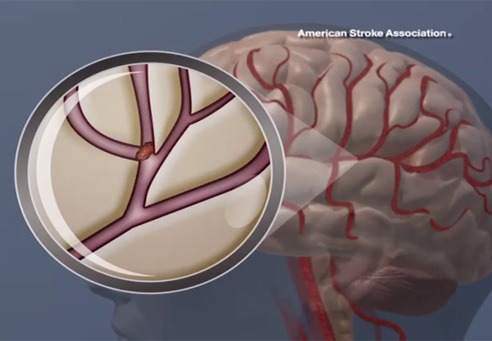
Intravenous clot busting may be safe and effective in patients with pre-existing dependency, according to new research published in the American Heart Association journal, Stroke.
The effect of intravenous thrombolysis (IVT)-clot busting among ischaemic stroke patients who were already dependent has been researched by a European multicentre study. Pre-existing dependency was defined as the inability to live alone without help from another person. This population is often excluded from clinical trials on IVT, leaving a dearth of information. As a result, they may not be treated with clot busters due to the expected higher risk of bleeding complications and lower treatment response.
“These findings prove that randomised-controlled IVT trials should be considered for such patients,” said Henrik Gensicke, lead author and neurologist in the Department of Neurology at the University Hospital Basel in Switzerland.
Among 7,430 IVT-treated patients in 12 European stroke centres, 6.6% were dependent prior to stroke. Researchers measured the degree of disability at 3 months after stroke onset. In this case, poor outcome included not reaching at least pre-stroke dependence among the dependent group.
Within three months after IVT treatment, dependent patients were twice as likely to die as independent patients. However, poor outcome and intracranial haemorrhages was equally frequent in both groups.
Among three-month survivors, the proportion of dependent patients with poor outcome did not differ from independent patients. After adjusting for age and stroke severity, dependent patients were at lower risk of poor outcomes than independent patients.
“Concerns of higher complication rates from IVT-treatment resulting in a less-than-favourable risk–benefit ratio for dependent patients might be unjustified and perhaps should be set aside to allow further study,” Gensicke said.
In this study, prior stroke, dementia, heart and bone diseases were the most common causes of pre-existing dependency and dependent patients were older, more often female, had more severe strokes and were more often prescribed antithrombotic medication than previously independent patients.









